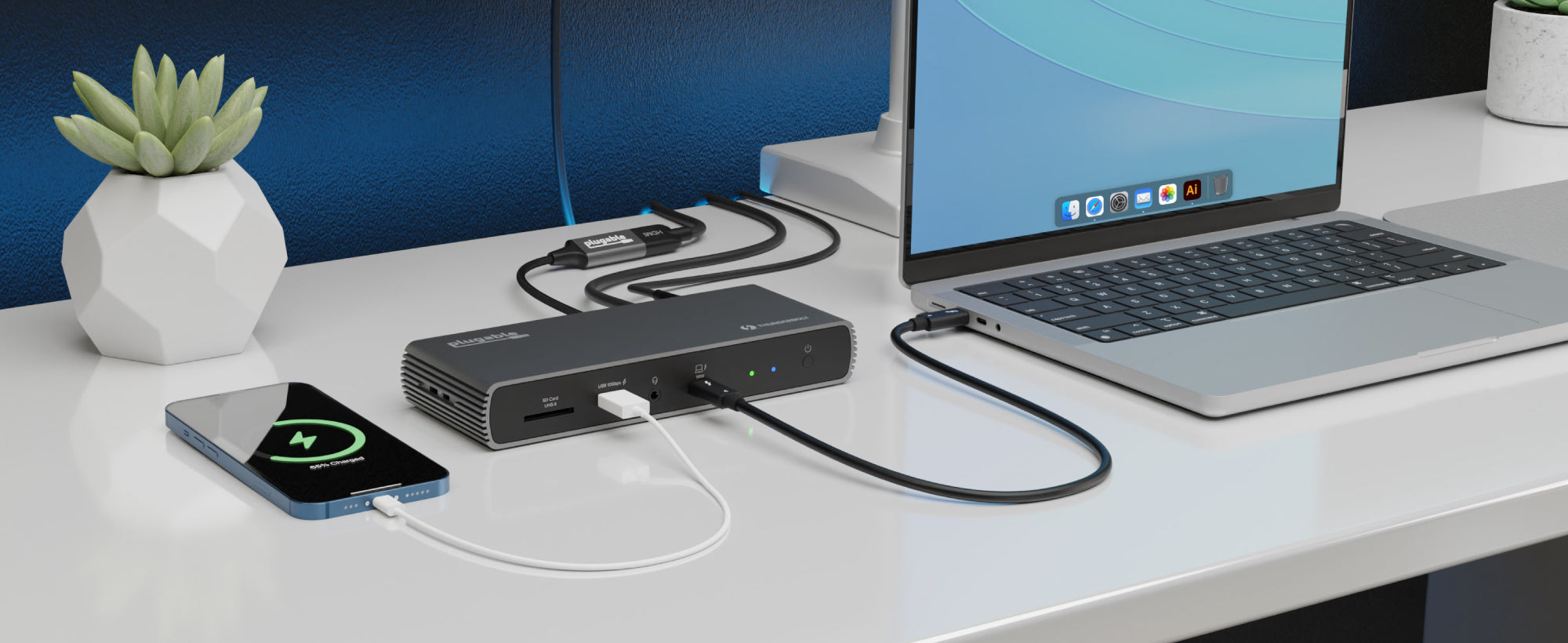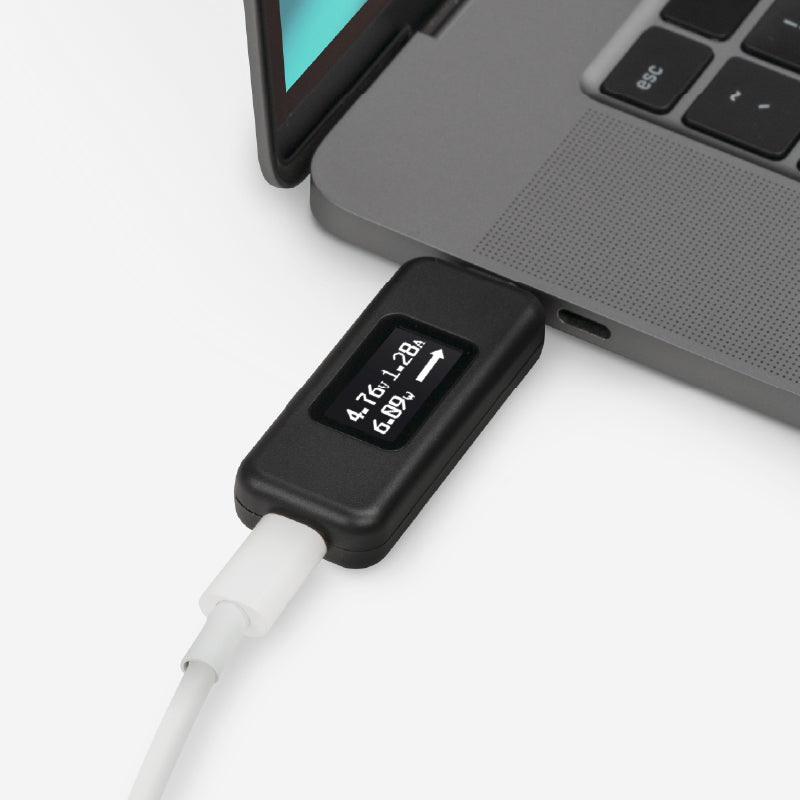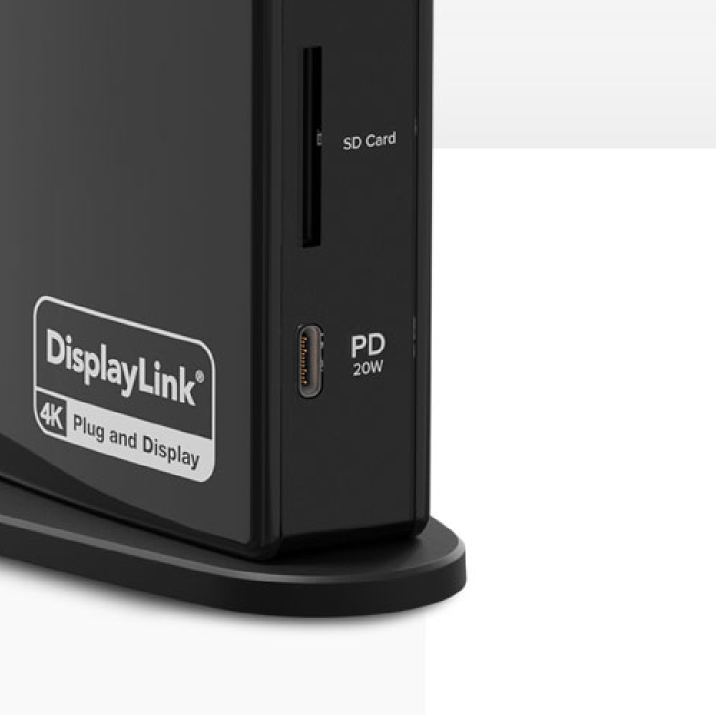Understanding USB-C Charging Issues: Why Some Devices Won't Charge with USB-C to USB-C Cables
Product Owners | May 30, 2024

In the last several years, USB Type-C (USB-C) has become increasingly mainstream for charging and data transfer in modern devices. USB-C charging offers several advantages over traditional charging methods, including faster charging times, bidirectional power transfer, and support for the USB Power Delivery (USB-PD) standard.
As a result, USB-C is appearing on more and more typical consumer electronics, including power banks, chargers, keyboards, mice, and even some small kitchen or office tools! However, have you ever wondered why some USB-C devices can only charge using a USB-C to USB-A cable?
To understand why some devices have this limitation, let's briefly examine how charging was done before through USB-A and how that’s changed through USB-C.
Evolution of power flow direction in USB connections with the introduction of USB-C
Before the arrival of USB-C, the direction of power flow in USB connections was determined by the physical plug. For example, in a traditional USB A-to-B cable, power would flow from the host (A) to the device (B) end, meaning USB-A ports would always supply power. That allowed USB-A peripherals such as flash drives or keyboards to always be powered upon connection to a USB-A port without a hitch or fuss. However, with the introduction of USB-C, this convention was disrupted. As USB-C can serve as a connector on either the host or device side, the shape of the plug no longer determines the direction of power flow. This shift required a new method for devices to communicate their power requirements.
Communication and power negotiation with USB-C
When a USB-C source is connected to a device, the devices first communicate through what’s called the configuration channel (CC) pins to determine which direction power should flow. The CC pins on all proper USB-C devices will have 5.1 kΩ resistors connected to them (also known as pull-down resistors), which are utilized to identify the type of device being connected as one that only wants to receive power. In other words, these pull-down resistors essentially are a way for the device to say, “Hey, I’m a USB-C sink device, and I’d like power!”.
From there, if both the device and power source support it, the USB-C Power Delivery negotiation process kicks in, and we speak more about this in our PD blog post and video if you’re interested.
Compatibility Considerations and limitation in USB-C Connections
However, it is essential to note that not all USB-C peripherals or host connections support USB-PD or adhere to the USB-IF specifications to the letter. You might find that you have a USB-C device, such as a Qi charger with a USB-C port, but it cannot be powered to function through a USB-C/USB-PD port using a USB-C to USB-C cable. This is likely because the device does not have the required pull-down resistors, which are needed for USB-C to identify and negotiate power over the CC pins.
A Plugable solution to overcome these challenges
So, how can I get these devices to charge or function? Generally, you can get around this using a USB-C to USB-A adapter or cable (and often, these device makers will include a USB-C to USB-A charging cable for this very reason), which will always provide 5V of power over the USB-A connection, whereas USB-C/PD ports do not. If you have devices requiring a USB-C to A cable or adapter, we make one that works perfectly with our docking stations. Check out our USBC-A1M or USBC-A2M if you want to bring back life to some of your USB-C devices that require that 5V DC connection.
To see the difference in power behavior of USB-C to USB-A and USB-C to USB-C cables in action, we can use our Plugable USB-C Power Meter (USBC-VAMETER3), which measures the amount and direction of electric current. If we connect our USBC-VAMETER3 using a USB-C to USB-A cable, we will always see an active 5V DC connection, which will power the USBC-VAMETER3 and pop up the screen. USB-A will always provide 5V DC power on the VBUS pin.

In contrast, the outcome will differ if we attempt the same test using a USB-C to USB-C cable. In this scenario, the power meter will fail to light up because USB-C requires negotiation between the connected devices to determine power direction and voltage levels. Without this negotiation, the connection remains inactive, and the power meter does not receive the power needed to display its LED screen.

Many Plugable USB-C docking stations incorporate and support USB-PD to charge the host computer or provide power to USB-C-connected peripherals via an extra USB-C PD port. A great example of such a docking station would be our UD-ULTC4K. The UD-ULTC4K docking station provides up to 100W of power to the connected host, and the front USB-C port can provide up to 20W to devices that support USB-PD. However, neither the USB-C host connection of our docks nor the downstream PD-capable USB-C ports can power USB-C devices that are missing the pull-down resistors needed to communicate that they want power.
So why aren’t all devices designed with USB-C to USB-C charging in mind?
There's a misconception that implementing such compatibility requires significant costs or complex components. However, it's often as simple as adding two resistors, which costs next to nothing.
Another issue lies in the testing phase, particularly with manufacturers focused on cost-cutting. Many of these manufacturers opt not to focus on the various factors of the USB-C ecosystem under the assumption that their product will only be used with the included cable or adapter. They often state that the included cable/adapter must be used in their user manual, but this will only sometimes be the case.
What devices do you have that fail to charge over a USB-C to USB-C cable? We’d love to hear your comments and experiences below.
View Other Articles in Category


Loading Comments